#Michelangelo Buonarotti
Text
im sure someone said this already but seeing frescos from michelangelo feels like reading bara yaoi
15 notes
·
View notes
Text

La Pietá
Michelangelo Buonarotti
1497 - 1499
7 notes
·
View notes
Text
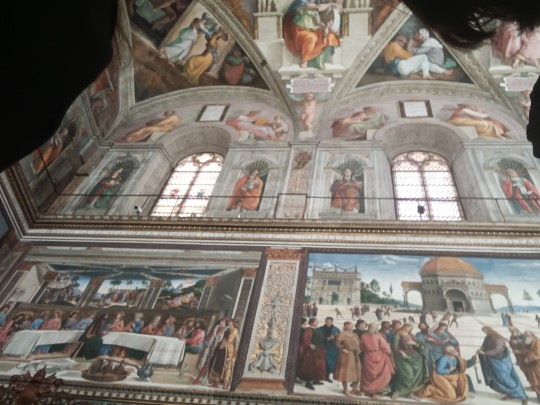
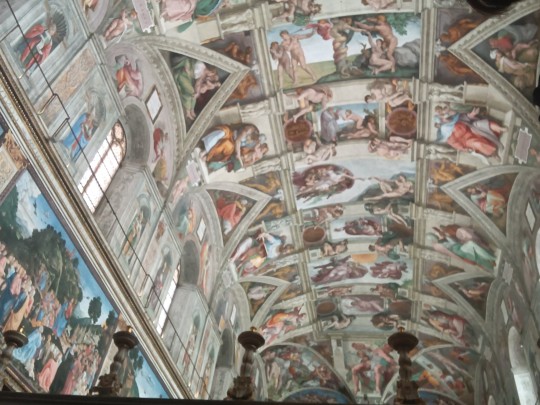

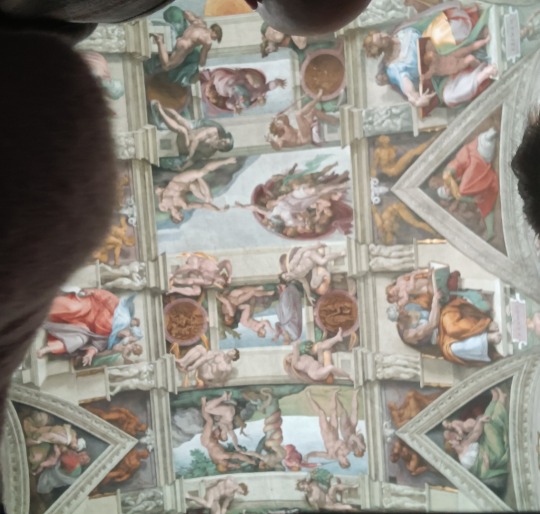
TOP things which suck in Vatican: the Michelangelo church is overcrowded, stuffy, and they don't allow you to take photos! People make photos anyway because that's what they came here for, but it's very bad quality. It leaves you with a desire to take a shower. :(
#rome#rome ремблін#italy#michelangelo buonarotti#making a church a torture room is sooooo christian lmao
1 note
·
View note
Text
La "Pietá Rondanini" de Miguel Ángel
Hacia 1560, Castiello Sforzesco, Milán.
Una de nuestras obras favoritas, con un impacto único, frágil y sentimental. En el patio museo del Castillo Sforzesco de Milán se conserva la Piedad Rondanini, la última obra de Miguel Ángel, la inacabada. Representa la más imperfecta de todas las obras del artista renacentista y, probablemente por la misma razón, incluso la más poética.
El 18 de febrero��

View On WordPress
0 notes
Text

Michelangelo Buonarotti (1475-1564) The Day, Tomb of Giuliano de 'Medici, Florence.
0 notes
Text
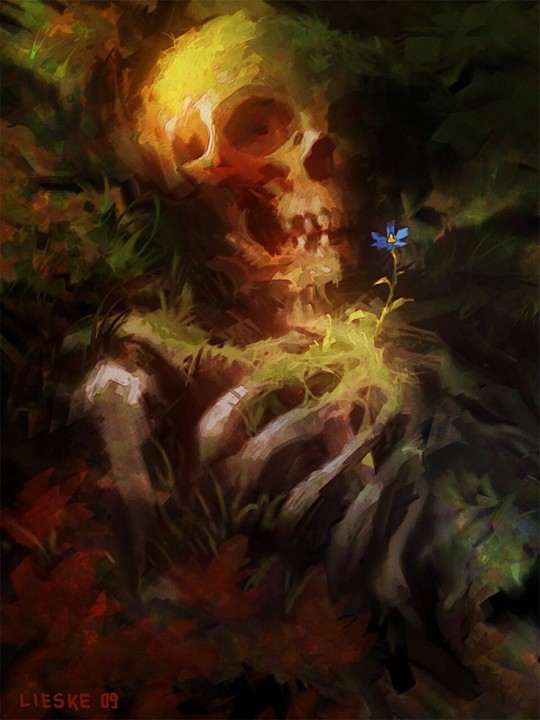

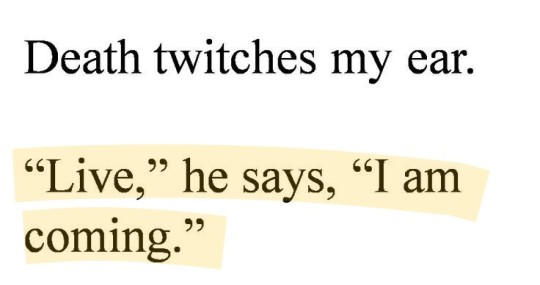






death will come for us; it is inevitable.
old bones, daniel lieske | state of siege, albert camus | vergil | the creation of adam, michelangelo buonarotti | last words, louis XIV | the unabridged journals of sylvia plath, sylvia plath | ophelia, friedrich heyser | the chronology of water: a memoir, lidia yuknavitch | antony and cleopatra, william shakespeare
#on death#webweaving#web weaving#on life#poetry#quotes#art and literature#i gave web weaving another go#its so much fun#hehe
57 notes
·
View notes
Text
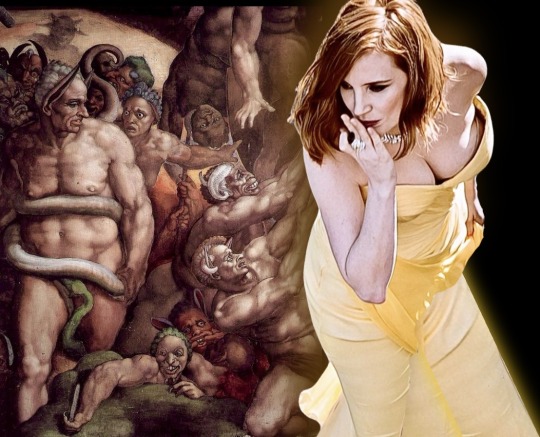
Detail of Hell from The Last Judgment, 1536-1541. Michelangelo Buonarotti (Italian, 1475-1564). Sistine Chapel, Vatican City, Rome.
Jessica Chastain
#fangledeities#jessica chastain#michelangelo#hell#souls in hell#goddess#italian renaissance#renaissance painting#sistine chapel#sacred art#religious art#christian art#art history#pinup#fashion photography#red carpet
2 notes
·
View notes
Photo
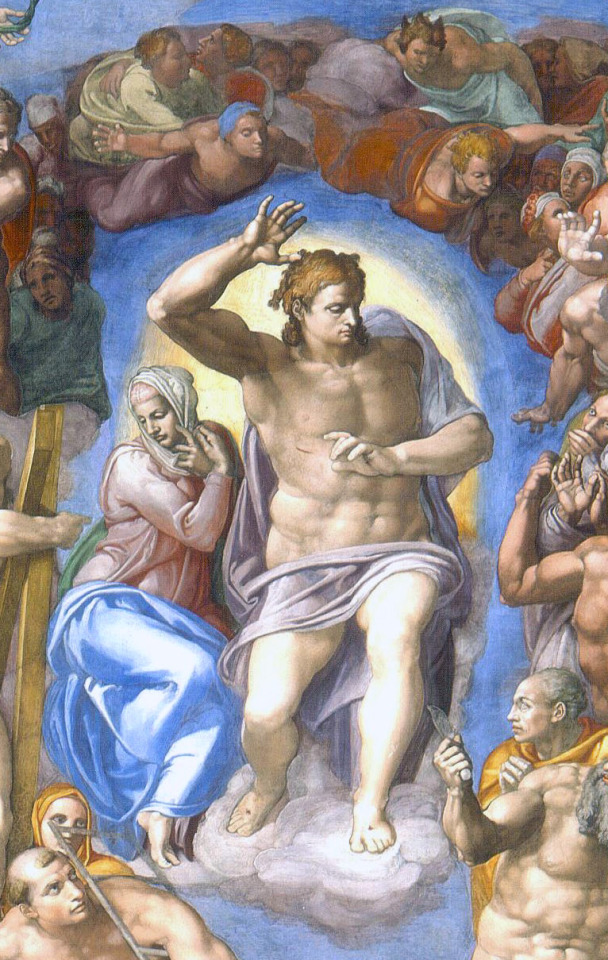
Detail of The Last Judgment, 1536–1541 by Michelangelo Buonarotti.-
#the last judgement#christ#mary#vatican city#paiting#rennaissance#saints#michelangelo buonarroti#sistine chapel#capilla sixtina#italia#pope#bishop of rome
6 notes
·
View notes
Text
Ethereal demon
Ethereal demon
by Nyariewen
Crowley has done his job: he "suffers" for it (don't worry, it's just fluff and silliness, no hurt).
Ineffable May 28: Ethereal
Words: 623, Chapters: 1/1, Language: English
Series: Part 28 of Ineffable May 2023
Fandoms: Good Omens (TV), Good Omens - Neil Gaiman & Terry Pratchett
Rating: General Audiences
Warnings: No Archive Warnings Apply
Categories: Other
Characters: Aziraphale (Good Omens), Crowley (Good Omens), Michelangelo Buonarotti
Relationships: Aziraphale & Crowley (Good Omens), Aziraphale/Crowley (Good Omens)
Additional Tags: Painting, Sistine Chapel - Freeform, Ineffable May (Good Omens), Ineffablemay, angel are ethereal
From https://ift.tt/Q3lv0nB
https://archiveofourown.org/works/47537119
3 notes
·
View notes
Text
Birthdays 3.6
Beer Birthdays
John Bird Fuller (1801)
Conrad Windisch (1825)
Herman Lay (1909)
Bump Williams (1954)
Bill Coffey (1970)
Five Favorite Birthdays
Michelangelo Buonarotti; Itallian painter, sculptor (1475)
Will Eisner; cartoonist (1917)
Moira Kelly; actor (1968)
Rob Reiner; actor, film director (1947)
Bob Wills; fiddler, bandleader (1905)
Famous Birthdays
Tom Arnold; actor (1959)
Marion Barry Jr.; politician,, D.C. mayor (1936)
Cyrano de Bergerac; poet (1619)
Connie Britton; actor (1967)
Elizabeth Barrett Browning; English writer (1806)
Pavel Chekov; Star Trek officer
Gordon Cooper; astronaut (1927)
Lou Costello; actor (1906)
Kiki Dee; pop singer (1947)
Dick Fosbury; high jumper (1947)
David Gilmour; rock guitarist (1946)
Stewart Granger; actor (1913)
Alan Greenspan; former chairman of the federal reserve (1926)
Robert "Lefty" Grove; Philadelphia Athletics/Boston Red Sox P (1900)
Merle Haggard; country singer (1937)
D.L. Hughley; comedian, actor (1963)
Kiri Te Kanawa; opera singer (1944)
Tony Klatka; rock musician (1946)
Ring Lardner; sports reporter (1885)
Stanislaw Lec; Polish writer (1906)
Lorin Maazel; orchestra conductor (1930)
Gabriel Garcia Marquez; Colombian writer (1928)
Ed McMahon; television announcer, sidekick (1923)
Wes Montgomery; jazz guitarist (1923)
Shaquille O'Neal; Orlando Magic/L.A. Lakers/Miami Heat C (1972)
Cookie Rojas; Kansas City Royals 2B/OF (1939)
Willie Stargell; Pittsburgh Pirates 1B/OF (1941)
Mary Wilson; Motown singer (1944)
2 notes
·
View notes
Text
Sunday 7 July 1839
7 40/..
10 ¼
very fine morning F68° at 8 ½ am very good beds – slept very comfortably – wrote out the last 25 lines of yesterday till now 9 10/.. am then dressed – breakfast at 10 ¼ to 10 40/.. – out at 11 to the cathedral and back in an hour – 50 minutes in the cathedral arrived just as the last of the people came out from service – large good cathedral like church but all within white washed – above ½ hour examining the fine monument said to be by Michelangelo Buonarotti [Buonarroti] to the memory of Engelbrecht count Nassant and his countess – they two lying on table slab of black marble (pierre de touche) and over them table of the same supported by 4 ‘Atlantes’ as the French printed description calls them 4 atlases or caryatid figures – Julius Caesar, the Roman general Regulus, and 2 Greek heros unknown – very fine monument – the figures en albastre – on the top is the armour of the count minutely sculptured then saw the 14 or 15th. high brass Spanish font of the top lifted by an iron crane standing by in alabaster marble – on returning near to our hotel – opposite side turned into a sort of Tuileries garden – very nice – the barracks or a palace close to the gardens – remarkably large fine Linden, and poplar trees both white abele, and pyramidal – the people ladies children etc. all walking there – on coming out the maître de poste accosted us – the horses had been waiting near an hour – but very civil and so was I – shewed my watch – 12 10/.. and the horses ordered for 12 – he said my watch was half hour too late – he came in – paid him – I found afterwards he had charged the horses 7fl. instead of 6fl. .:. 1/. for waiting – the bill all right – asked the waiter what I should give him for himself – would not say – but seemed très content with a florin for them all (all the servants) – off from Breda (pronounced Bredda) good well-built fortified town at 12 29/.. by my watch said to be ½ hour too late – pass over bridge (toll 18 stivers) over river...... at 1 41/.. and close on the other side station (Douane?) and some soldiers – nice well cultivated country all along – at 1 ¾ stop at the very handsome gentlemen house like poste au chevaux (very pretty flower garden) of Raamsdonk – 28 minutes here before we could settle about the change out of a William and the paying for the horses the next stage 2 ½ p. instead of 2 as noted on my Antwerp carte routière – off at last at 2 13/.. about 2 55/.. change 2 of our 3 horses and postillion with another carriage - English chariot – 3 horses like ourselves – but not Englishmen? for the 2 gentlemen within bowed to us very politely in passing – beautiful day – well farmed country – everywhere fragrant with gardens, or beans, or clover or hay or something spite of the water-full drain fences – the whole country hereabouts must be polders – good corn and grass and crops of all sorts – rape – a few good cattle and horses, and goats – trap-door bridge over the drams, and doors standing
SH:7/ML/E/23/0078
up, a fence against cattle – at the river (Waal) at 2 29/.. – some while in getting the carriage on board the pontoon small sailing boat with oars – 3 of these pontoons kept at this ferry – A- and I alighted and sat at the poop enjoying the view – Gorcum (pronounced Horcum) and other towns and villages pretty at intervals on the river banks – crossing took us ½ hour – our horses attelés again and off at 4 12/.. and alighted at the Hooiwagen hotel (near the gate at we entered the town) at 4 20/.. (Hooiwagen) – settled our things ordered inner at 7 and went out at 4 40/.. – to the other end of the town, over a couple of bridges – turned in to the court of a washing establishment a good example of polders – a plot of ground divided into parallelograms of garden ground or grass etc. dried by canals about ¼ the width of the plots of ground – in returning turned left to the town hall – tolerable looking place and building in tolerable sort of Place – back into our own street and then turned left to the great church – whitewashed – good but not handsome church – large good organ playing as we entered the people just leaving after service – at home at 6 10/.. – sat writing out today till dinner at 6 40/.. to 8 ¼ - 3 dishes of meat beef, veal, and poulet – not tender – not good – wish wash potage – and cold [?] be-hot slice of fried salmon – excellent lettuce, and good peas, and stewed lettuce, and good dessert – afterwards till 10 wrote out the remainder of today – parley thro’ Grotza about the bill – Gross’s room 1 bed charged 1/50 – had it recduced to the price of last night i.e. 80 cents – and sent back the ½ bottle of vin ordinaire – and objected to the charge of ./50 for one tallow candle – charged ‘Bougies veilleuses’ .:. I would have and have the veilleuses (the little French wax lights burning on oil) – very fine day – our room very hot F74 ¼° now at 10 pm – Gorcum good enough town, but secondly town and hotel – I had proposed sleeping at Utrecht – A- rather preferred more rest on Sunday tho’ would do anyway – Dont sleep here again if unnecessary –
5 notes
·
View notes
Text
Ensayo: Agonía y éxtasis
Es sorprendente como esta película narra la historia de un artista como Michelangolo, un artista que no quería pintar.
Michelangelo Buonarotti se encontraba trabajando en la tumba de Julio II cuando recibe un encargo del Papa para pintar nada más y nada menos que la Capilla Sixtina, al principio se negó mucho puesto que se consideraba un escultor, no un pintor, sin embargo tomó el proyecto como reto personal y lo aceptó.

La Capilla Sixtina, fue un trabajo al que Michelangelo dedicó varios años de su vida, cambió por completo el proyecto inicial del Papa que simplemente tenía pensado hacer una representación de los Doce Apóstoles, y lo convierte en una obra mucho más rica y compleja, que representaba las nueve escenas del Génesis. El camino que recorrió Michelangelo para la decoración de la capilla fue duro, sus conocimientos los iba adquiriendo a medida que realizaba la obra.
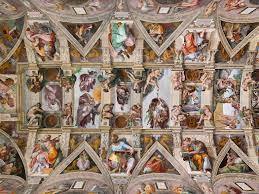
Esta película plantea de una forma muy crítica el problema de la creación, la necesidad artística, esto es porque la actividad creadora es una lucha constante, un proceso que cambia totalmente la vida del artista, que lo condiciona y en el proceso, lo hace asumir una serie de renuncias personales, profesionales e incluso vitales, los sacrificios son muchos pero todo sea por concretar la obra; el artista deja la piel en ella. Esta película en definitiva representa el tormento y el éxtasis de lo que supone el proceso creativo.
5 notes
·
View notes
Text
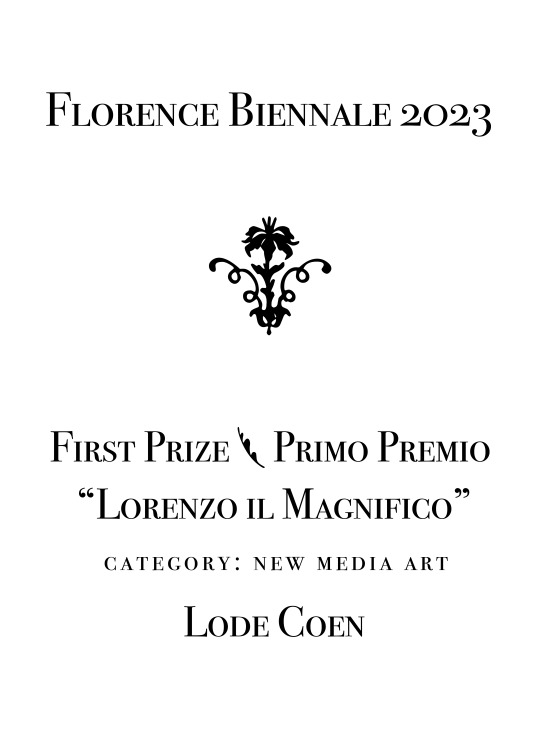
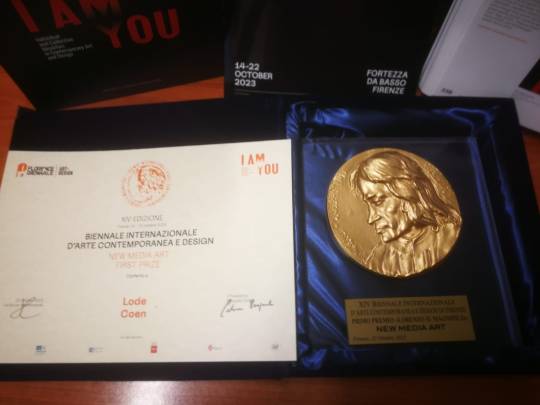


I got the confirmation yesterday, the wonderful news that I was awarded the first prize at the Florence Biennale in the category of New Media Art. Primo Premio Lorenzo il Magnifico. Awarded a distinguished international jury of art experts, out of >600 artists in the running in 12 categories in the Biennale. The art of the winners will be exhibited at the Academy of Art and Design in Florence, 11-28 January 2024. Inspired I made a painting of Lorenzo il Magnifico (1449-1492), the de Medici Ruler of Florence. The academy of art of in Florence is the oldest in the world, founded in 1563. Members of the academy were Leonardo da Vinci, Michelangelo Buonarotti and even later Picasso.
1 note
·
View note
Text
birthplace of the Renaissance
Fandoms: Leonardo (TV 2021), Primavera - Sandro Botticelli, David - Michelangelo, Mona Lisa - Leonardo da Vinci
Creator Chose Not To Use Archive Warnings
Lorenzo "Il Magnifico" de' Medici
Sandro Botticelli
Leonardo da Vinci
Michelangelo Buonarotti
Raffaello Sanzio
Girolamo Savonarola
Giuliano de' Medici
Art
Renaissance Era
Firenze | Florence
Roma | Rome
Italian Character(s)
Art History
Artists
Historical
Historical References
Historical Figures
Fanvids
[Heaven holds a sense of wonder
and I wanted to believe that I’d get caught up.]
(Feed generated with FetchRSS)
source https://archiveofourown.org/works/48630124
1 note
·
View note
Text
La Agonía y el Éxtasis
(1965): Buonarotti y la capilla sixtina, la maravilla del renacimiento.
La trama de la película nos muestra a Miguel Ángel, un reconocido escultor de la República de florencia a principios del siglo XVI. Donde el Papa Julio II le encarga pintar la bóveda de la capilla Sixtina, mostrándonos cómo fue su proceso de creación, además de ello nos muestra el contexto sociopolítico de la época y la complicada relación del Papa Julio II y Miguel Ángel.

Miguel Ángel se ve obligado a aceptar el trabajo ya que encuentra que el diseño inicial de paneles de los doce apóstoles en el techo es poco inspirador. Aún estando en contra, este inicia con la idea del papa, pero su descontento con los resultados era tal, que termina destruyendo los frescos de los apóstoles, Huye a Carrara y luego a las montañas. Es ahí, en la naturaleza de su alrededor, donde consigue la inspiración y enfoque necesario para la creación de su idea.
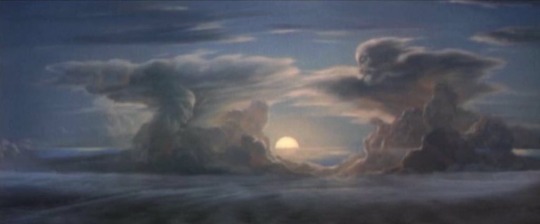
Miguel Ángel regresa y se le permite pintar toda la bóveda con una variedad de escenas bíblicas de su propio diseño.

Una de las cosas que me gusto mucho de la película es que la importancia que le dan a la idea y a la inspiración en esta es tal que hasta, en medio del fuego y el caos, causado por la guerra, Michelangelo y el Papa discuten sobre el nuevo plan para el techo de la capilla Sixtina. Queda claro que el arte es más importante que el conflicto del mundo exterior, y no sólo para Michelangelo, sino para el Papa también, simbolizando la relevancia del arte para todos. “Con tu permiso, cubriré toda la bóveda con gloria” frase que representa que ya hizo suyo al proyecto, que ahora posee el sentido de pertenecían e inspiración necesaria para explotar una idea que le llena.

Y a partir de este momento, lo único que vemos es cómo la pasión más grande, el amor más puro pueden ser destructivos, vemos a un Miguel Ángel casado con su obra, el trabajo continúa sin parar durante los siguientes meses y años, pero este se ve amenazado luego de que Miguel Ángel se desmaye debido a la fatiga. Su estado de salud pone en riesgo su permanecía en el proyecto, el papa quería reemplazarlo por Rafael Sanzio y esto empeora el estado de Miguel Ángel.
El papa rescinde el contrato de Miguel Ángel. Pero Rafael, impresionado con el trabajo en progreso, le pide a Miguel Ángel que termine la bóveda. Para el ya no es un trabajo, es una razón de vivir. Es un regalo para el mundo, el cual viene concebido también por algo que es muy importante para Michelangelo: su fe en Dios. Contessina lo describe todo, diciendo que en ese techo hay más amor que el que pudiera existir entre hombre y mujer. Y cómo no, si Michelangelo quería terminar su obra más de lo que quiere a su propia vida.

Cuando el papa, herido y debilitado, regresa, Miguel Ángel le ruega que le restablezca su patrocinio. Aunque el papa cree que una invasión de Roma es inevitable, recauda el dinero necesario para reanudar el trabajo en el techo.
Esta película fue una muestra de la pasión de Miguel Ángel por su obra, la meneara en como su proyecto se convertía en la razón de su vida, logrando terminar a pesar de todo su obra más importante y sin duda alguna la más impresionante, nos muestra cómo era la realidad del artista y su relación con el mecenas. Me quedo con esta reflexión: defender y creer en tus ideales a pesar de todo, garantizará el éxito y satisfacción en tu trabajo.

• Historia II • Prof. Rebeca Tineo • Ensayo
1 note
·
View note
